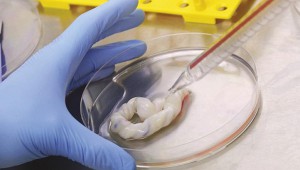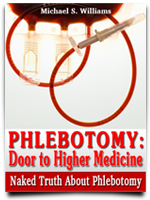The preserved components of the umbilical cord blood are called stem cells. Stem cells are cells that form all the tissue and organ cells of the body which are used to replace other cells that are abnormal or have been destroyed by diseases.
Through umbilical cord blood banks which are categorized into three namely private, public and direct donation banks are a great help on pursuing this process. Private banks charge initial fee for collection, additional fee for processing plus a yearly maintenance fee to preserve the cord blood for use by the specific donee. On the other hand, public banks don’t charge for collection but don’t reserve the blood collection for the specific donor and donations are available to the general public. Direct donation banks are also free of charge for collecting and accept family-specific donations to reserve for the family.
Banking cord blood form a child could possibly be used for other child’s sibling but with a positive genetic match. Cord blood stem cells treated diseases such as leukemia, lymphoma, myeloma, blood disorders, congenital metabolic disorders and immunodeficiencies. Engaging to this process has low rate of taking risk for transmission of infection and the procedure for both mother and child.
Cord blood once saved usually takes to use quickly or a couple of weeks. The volume of cord blood collection from 50- 100 mL that should provide dose for a child.





